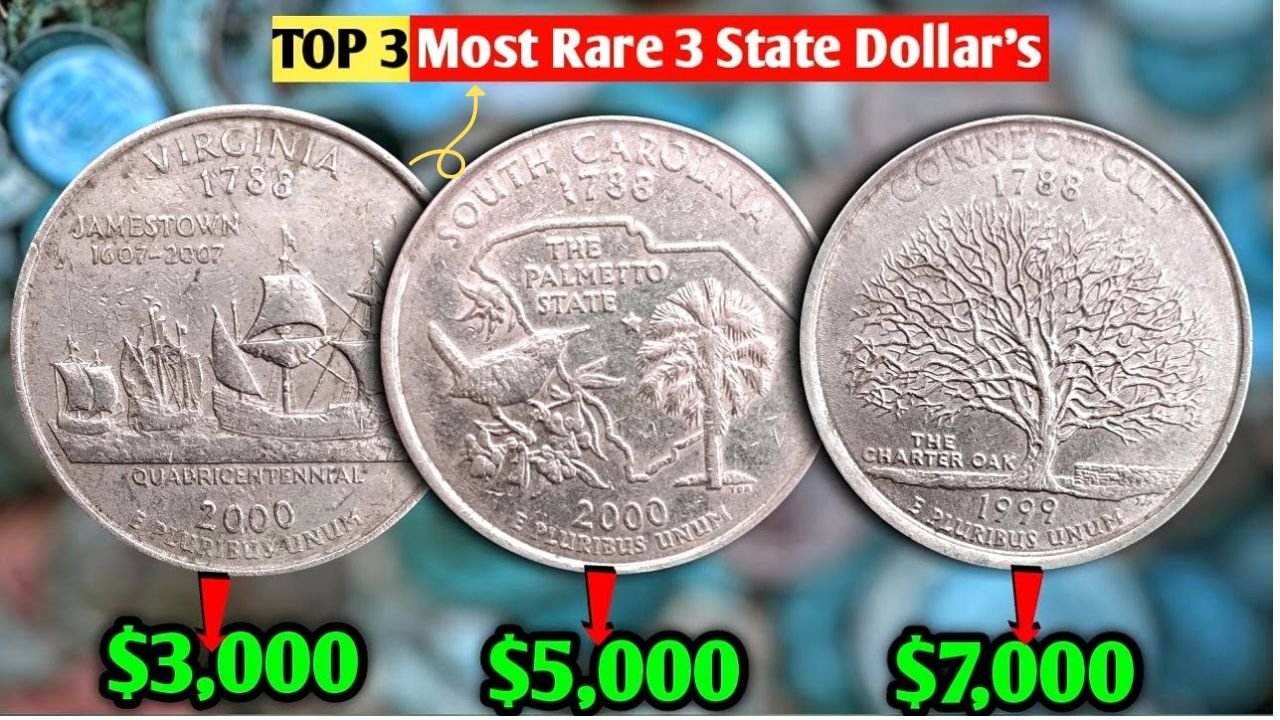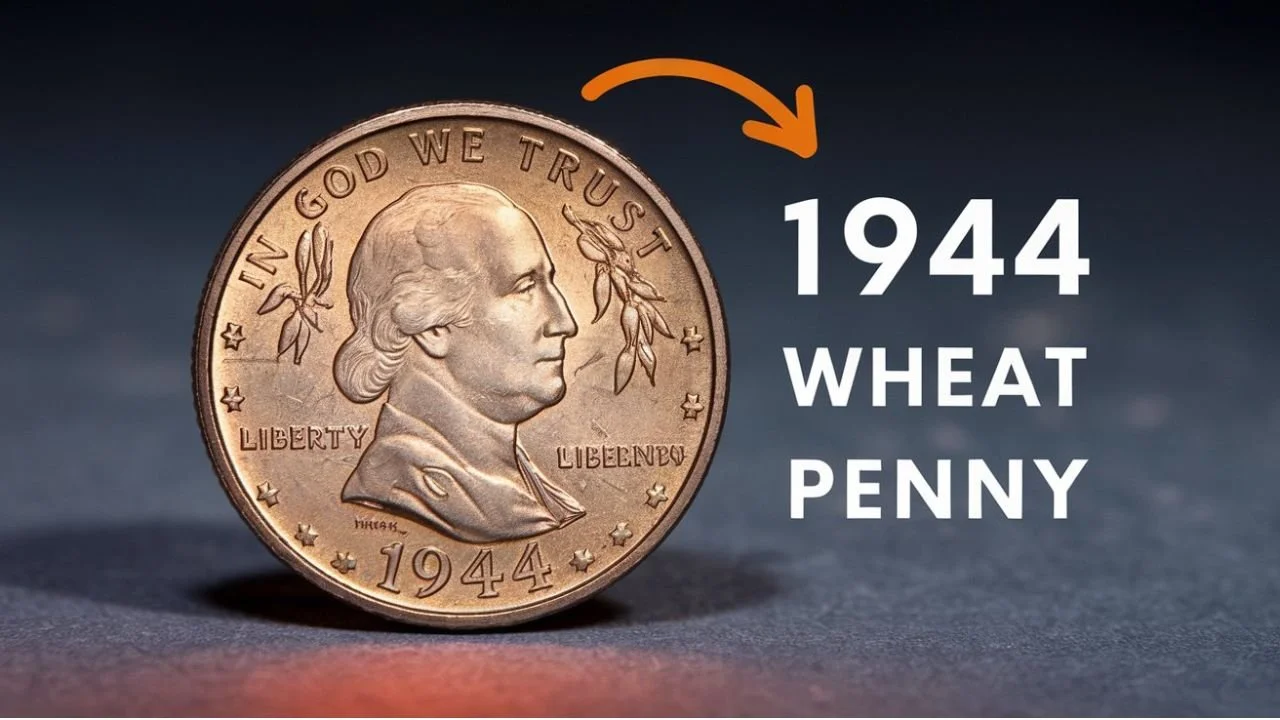3 Rare Bicentennial Quarters That Are Now Worth Millions to Collectors!
You might not think much about the coins in your pocket or wallet, but if you have a Bicentennial Quarter from 1976, it might be time to take a closer look. Most quarters are worth their face value, just 25 cents. But some rare Bicentennial Quarters have become extremely valuable and are now worth millions to collectors.
The Bicentennial Quarter was issued to celebrate 200 years of American independence, and it’s easily recognized by its dual date (1776–1976) and drummer boy design on the back. While millions were made and many are still in circulation, a few special ones were created under unique conditions—and these are the ones that collectors will pay a fortune for.
In this article, we’ll highlight 3 rare Bicentennial Quarters that are now worth millions, explain why they’re valuable, and how you can check if you own one of these hidden treasures.
Why Are Some Bicentennial Quarters So Valuable?
Most Bicentennial Quarters are not worth more than their face value. However, a few rare ones are valuable due to:
-
Minting errors – mistakes made during production
-
Special metal compositions – like silver or gold
-
Extremely limited numbers – only a few exist
-
High grading – perfect condition coins that are graded MS-70
-
Proof strikes – made with extra detail for collectors
These rare qualities make certain Bicentennial Quarters worth far more than the average coin, with some valued at over $1 million each.
Overview Table: 3 Rare Bicentennial Quarters Worth Millions
| Quarter Type | Key Features | Estimated Value |
|---|---|---|
| 1. Silver Proof Error Quarter | Made with 40% silver, double die error | $1.2 million |
| 2. Gold-Toned Experimental Quarter | Struck on an experimental gold alloy | $2.5 million |
| 3. Off-Center Strike Quarter | Major off-center minting error, rare grade | $1.75 million |
1. Silver Proof Error Quarter – Estimated Value: $1.2 Million
This rare Bicentennial Quarter was part of a proof set and was supposed to be made from 40% silver, but it also features a double die error. That means the text and image appear slightly duplicated, making it visually unique.
Only a handful of these were accidentally released to the public. If the coin is also in Mint State 70 (MS-70) condition, its value skyrockets. In recent years, a well-preserved example of this coin sold at auction for over $1.2 million.
What to look for:
-
A clear doubling of letters or numbers
-
A mirror-like finish
-
A silver edge instead of copper
-
“S” mint mark (San Francisco Mint)
2. Gold-Toned Experimental Quarter – Estimated Value: $2.5 Million
This coin is possibly the most mysterious of all Bicentennial Quarters. Believed to be a test strike or experimental issue, it was struck on a planchet (blank coin disc) made of an unknown gold-colored alloy. Because this wasn’t a standard material for U.S. quarters, this piece is one of a kind.
Collectors and experts estimate this coin could be worth as much as $2.5 million, especially due to its rarity, experimental nature, and historical significance.
What to look for:
-
A distinct gold tone
-
Unusual weight or feel
-
No visible damage or wear
-
Certification by a professional grading service
3. Off-Center Strike Quarter – Estimated Value: $1.75 Million
This Bicentennial Quarter is valuable because it was struck severely off-center, meaning the design is noticeably shifted, with parts of the coin missing imagery or text. Such major minting errors are very rare, and when found on special edition coins like the Bicentennial Quarter, they become highly collectible.
If paired with a high-grade condition, this off-center quarter has fetched over $1.75 million at major coin auctions.
What to look for:
-
A clearly off-centered design
-
Partial or missing date
-
No major scratches or handling damage
-
Strong collector demand
How to Check If You Own One of These Rare Quarters
If you have some old change lying around, here’s how you can quickly inspect your coins:
-
Look at the Date
The coin must say 1776–1976 on the front. -
Check the Back
It should show the drummer boy design, not the regular eagle. -
Examine the Edges
A standard quarter has a copper-colored edge. If your coin is silver or gold all around, it might be special. -
Look for Errors
Doubling, missing parts, or off-centered designs are signs of a rare error coin. -
Weigh the Coin
A normal quarter weighs about 5.67 grams. If yours is significantly heavier or lighter, it might have been struck on the wrong metal.
What Should You Do If You Think You Found One?
If you suspect your coin is rare:
-
Do not clean it – Cleaning can lower its value.
-
Handle it carefully – Hold the coin by the edges only.
-
Store it properly – Use a coin holder or soft cloth pouch.
-
Get it graded – Contact a trusted grading service like PCGS or NGC.
-
Speak to an expert – Visit a coin shop or contact a collector group for advice.
Final Thoughts
The Bicentennial Quarter is not just a piece of pocket change—it’s a part of American history. While millions were made, a small handful of them are so rare and unique that they’re worth millions of dollars today. Whether it’s a minting error, experimental strike, or proof coin, these special quarters are treasured by collectors.
Take a few minutes to check your old coins. That little drummer boy quarter might just be your hidden fortune.
Frequently Asked Questions (FAQs)
1. Are all Bicentennial Quarters valuable?
No. Most are worth face value unless they have rare features like errors or special metals.
2. How do I know if my quarter is silver?
Check the edge. A silver coin will have a solid silver color all around, while regular ones show a copper layer in the middle.
3. Can I still find rare quarters in circulation?
It’s rare but possible. People sometimes unknowingly spend valuable coins.
4. What is a proof coin?
Proof coins are specially made with sharp details and mirror-like surfaces, usually for collectors.
5. Where can I sell a rare quarter?
You can sell through certified auctions, coin dealers, or online collector platforms—just make sure the coin is authenticated first.




